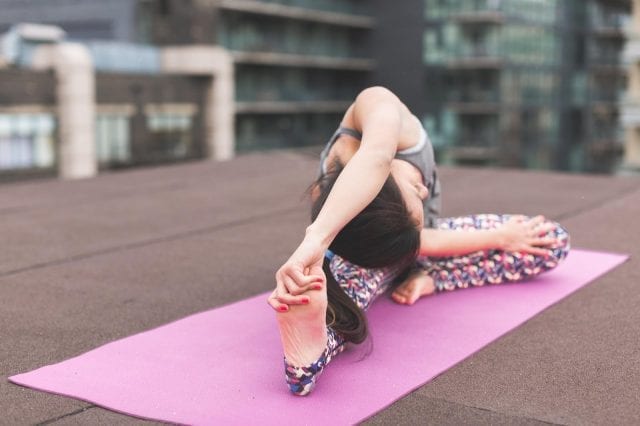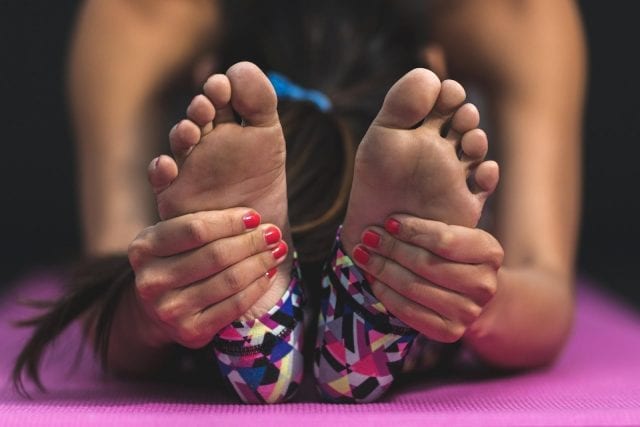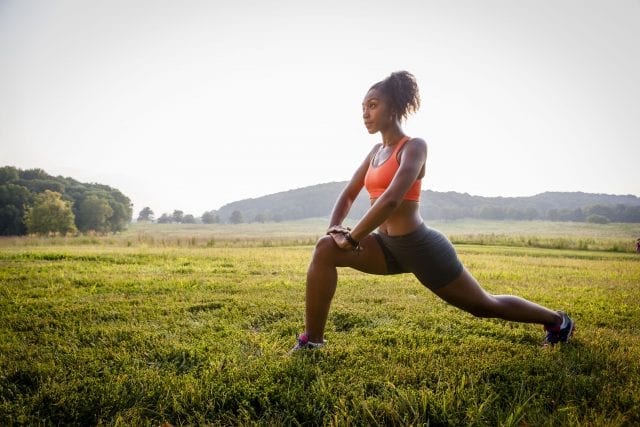
Many people devalue the benefits of stretching before a workout. While working out helps you build muscles and achieve aerobic fitness, it can shorten your muscles, which often results in rigidity. Regular and proper stretching techniques help prevent rigid and inflexible muscles.
Here are several reasons why you should add it to your workout:
- Promote Flexibility – Flexibility allows your muscles and joints to move smoothly, especially during an extraneous workout. Flexible muscles can also boost your daily performance. It allows you to lift and bend easily and makes your workout routine less tiring.
- Boost Blood Circulation – When you stretch, it allows more blood to flow to your muscles. Increased blood flow helps bring nourishment and eliminate the waste products in your muscle tissues. Also, it allows muscles to recover quickly after an intense workout.
- Promote Better Posture – It helps prevent muscle tightness, allowing the body to maintain a good posture. Proper body posture reduces pain and discomfort.
- Relieve Stress – Stretching helps the tight, tense muscles to relax.
- Improve Coordination – It promotes better balance by maintaining your joint’s full range of motion — balance and coordination boost mobility, which reduces the risk of injury from slip and fall incidents.
Proper Stretching Techniques

Proper techniques protect you from potential injuries. Improper stretching lessens its effectiveness and could possibly lead to muscle and joint injuries.
Take note on how to properly stretch your muscles and joints to maximize its benefits:
Warm-up – When you stretch cold muscles, it increases your risk of pulled muscles. You can do simple stretching activities, such as walking while pumping your arms gently or doing your favorite low-intensity exercise for five minutes.
Hold it for at least 30 seconds – Holding your stretches for at least 30 seconds helps lengthen the muscle tissues safely. For extremely tight muscles, gently stretch them up to 60 seconds. It is advisable to wear a watch to make sure you do not end up straining your muscles.
Avoid bouncing – Bouncing as you stretch leads to muscle microtears. These small tears can leave scar tissue, which can worsen muscle tightness and inflexibility. This makes you more prone to pain.
Pain-free stretch – Feeling pain signals that you are straining your muscles. Reduce intensity to the point where you do not feel pain. Hold the stretch for 30 or 60 seconds.
Relax and breathe easily – Avoid holding your breath. Allow yourself to relax and breathe freely.
Make sure to stretch both sides – The range of motion of your joints should be equal each on both sides of the body.
Stretch after a workout – After an intense workout, make sure to do a more thorough stretch. Here are the key muscles to target:

- Hamstrings
- Quadriceps
- Piriformis
- Calves
- IT bands
- Glutes
- Psoas
- Hip flexors
A post-workout stretch helps relax your breathing and heart rate. It also allows the body and mind to go back to a resting state.
What Happens To The Body When You Do Not Stretch
Inflexible muscles and joints can eventually alter the biomechanics and increase tendon tension. For instance, a person with a tight quadriceps is more prone to Patella Tendonitis. When stretching tight muscles, it pulls on the tendon attached to the patella. This causes tension, inflammation, and pain. You simply need five minutes after a workout to stretch your quadriceps and surrounding muscles to prevent Patella Tendonitis.
If you are injured and undergoing physiotherapy treatment, you can check parcofontario.com, a certified physical therapist that can provide and guide you through the correct execution of techniques as part of your rehabilitation process. Keep in mind that proper stretching can support your way to recovery.








